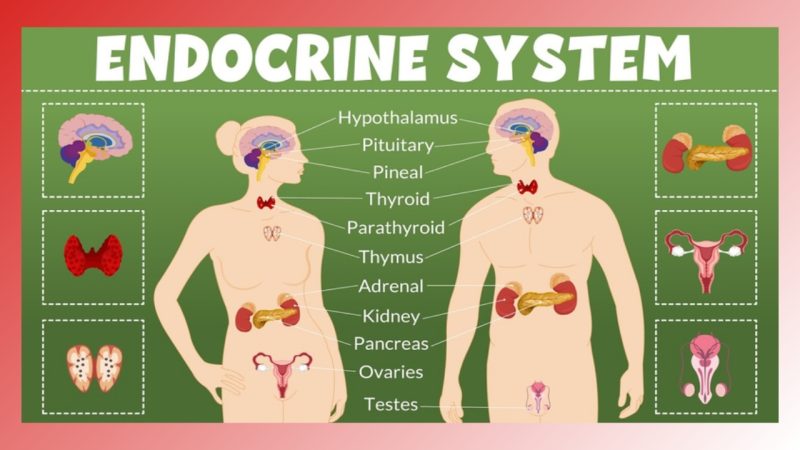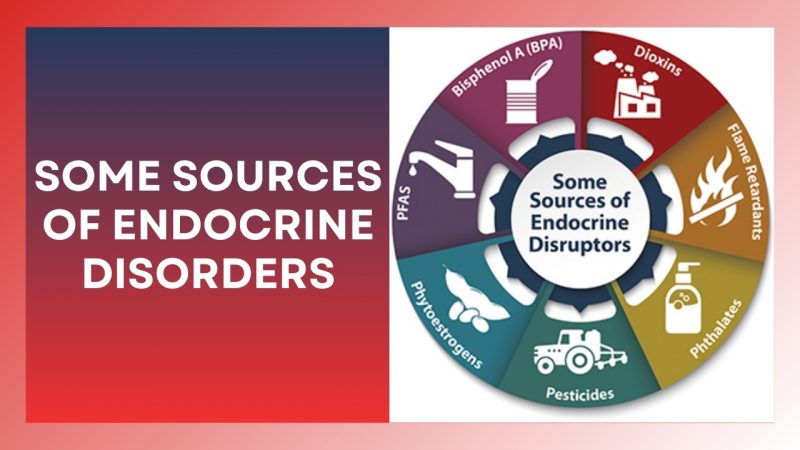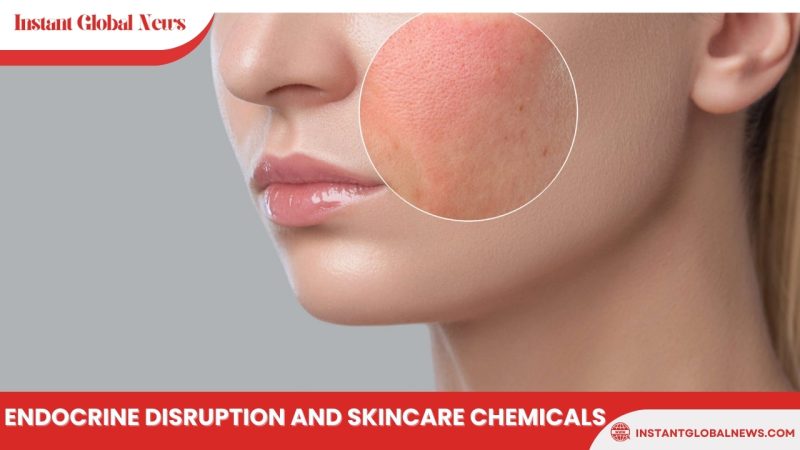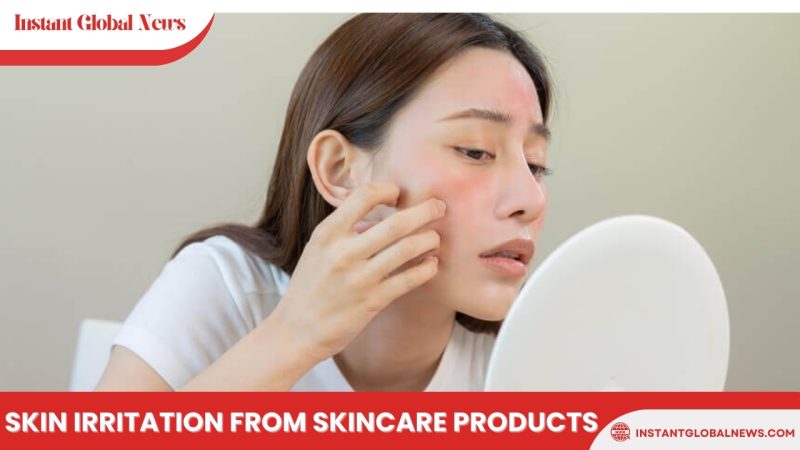Endocrine-disrupting chemicals (EDCs) are natural or human-made chemicals that may mimic, block, or interfere with the body’s hormones, which are part of the endocrine system. These chemicals are associated with a wide array of health issues.
The Endocrine System
Endocrine glands, distributed throughout the body, produce the hormones that act as signaling molecules after release into the circulatory system. The human body is dependent on hormones for a healthy endocrine system, which controls many biological processes like normal growth, fertility, and reproduction. Hormones act in extremely small amounts, and minor disruptions in those levels may cause significant developmental and biological effects.
How Do We Encounter These Chemicals?
Endocrine disruptors are found in many everyday products, including some cosmetics, food and beverage packaging, toys, carpet, and pesticides. Some chemicals that act as flame retardants may also be endocrine disruptors. Contact with these chemicals may occur through air, diet, skin, and water. EDCs cannot be completely avoided or removed; however, you can make informed choices to reduce exposure and risk of any potential health effects.

Chemicals That May Disrupt Your Endocrine System
According to the Endocrine Society, there are nearly 85,000 human-made chemicals in the world, and 1,000 or more of those could be endocrine disruptors, based on their unique properties. The following are among the most common and well-studied.
- Atrazine is one of the most commonly applied herbicides in the world, often used to control weeds in corn, sorghum, and sugarcane crops.
- Bisphenol A (BPA) is used to make polycarbonate plastics and epoxy resins. It is used in manufacturing, food packaging, toys, and other applications. BPA resins may be found in the lining of some canned foods and beverages.
- Dioxins are a byproduct of certain manufacturing processes, such as herbicide production and paper bleaching. They can be released into the air from waste burning and wildfires.
- Perchlorate is a colorless salt manufactured and used as an industrial chemical to make rockets, explosives, and fireworks, which can be found in some groundwater.
- Per- and polyfluoroalkyl substances (PFAS) are a large group of chemicals used widely in industrial applications, such as firefighting foam, nonstick pans, paper, and textile coatings.
- Phthalates are a large group of compounds used as liquid plasticizers. They are found in hundreds of products including some food packaging, cosmetics, fragrances, children’s toys, and medical device tubing. Cosmetics that may contain phthalates include nail polish, hair spray, aftershave lotion, cleanser, and shampoo.
- Phytoestrogens are naturally occurring substances with hormone-like activity found in some plants; they may have a similar effect to estrogen produced by the body. Soy foods, for example, contain phytoestrogens.
- Polybrominated diphenyl ethers (PBDE) are used to make flame retardants for products such as furniture foam and carpet.
- Polychlorinated biphenyls (PCBs) were used to make electrical equipment, such as transformers, and are in hydraulic fluids, heat transfer fluids, lubricants, and plasticizers. PCBs were mass-produced globally until they were banned in 1979.
- Triclosan is an ingredient that was previously added to some antimicrobial and personal care products, like liquid body wash and soaps.
How do people encounter endocrine-disrupting chemicals?
People may be exposed to endocrine disruptors through food and beverages consumed, pesticides applied, and cosmetics used. In essence, your contact with these chemicals may occur through diet, air, skin, and water.

Even low doses of endocrine-disrupting chemicals may be unsafe. The body’s normal endocrine functioning involves very small changes in hormone levels, yet we know even these small changes can cause significant developmental and biological effects. This observation leads scientists to think that endocrine-disrupting chemical exposures, even at low amounts, can alter the body’s sensitive systems and lead to health problems.


